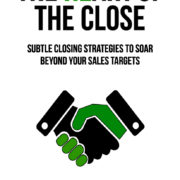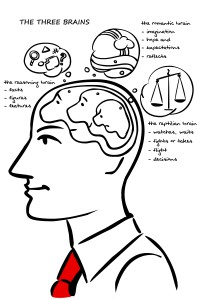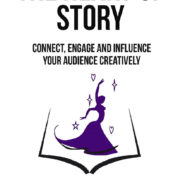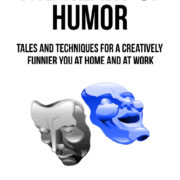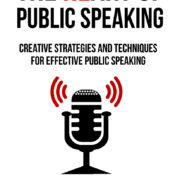Appreciative Feedback, How to Give It
The toughest task of any manager-leader is providing critical feedback and doing it in a benign and productive way. The day you master how to provide constructive and corrective feedback without drawing blood is the day you can claim to have touched the shores of leadership wisdom. Feedback that may appear hard on the surface is actually supportive and developmental at the core.
These five simple attitudinal and behavioural practices for providing feedback will not just build others but inspire them to do better at work, and even life.
- View the dropping performance or the floor behaviour as an event. Do not look at it as something good or bad, but simply as an “event” in a day in the life of an employee and manager.
- Refrain from getting emotional, from taking things personally or from becoming personally attached to the outcomes. Practice looking at the “event” from the eyes of the recipient of the feedback and also from the eyes of a third, neutral perspective.
- Our brain is made up of three levels-the Rational, the Romantic and the Reptilian also known as the neo-cortex, the middle brain and the limbic brain. The limbic brain is the seat of strong emotions. Manage your demeanour and the restlessness of your Reptilian Brain, which tends to show its fangs every now and then. Juggle the thoughts, ideas, and opinions about the incident between your Reasoning and the Romantic Brain to calm and cool down your Reptilian Brain.
- Describe the event to the feedback recipient objectively and in the simplest possible terms. Don’t say “I think” “I believe”, “I guess”, “I assume”. Just state the situation and describe what you saw, what you heard and what you understood and felt.
- Wait for the feedback recipient to think through and then respond. It is possible that upon sensing your equanimity, she will take responsibility, suggest solutions and even offer to resolve the issue herself. If this happens, it can be the end of the feedback session because your colleague has taken responsibility and there is no need to correct further.
- You can then discuss what changes need to come about. You can then dialogue about the “how and the when” of the ideas you co-create. Highlight and detail the measurable but be open to possibilities of challenges that may still come about.
- Finally, end your feedback in a warm and friendly manner. Manage it such as if it were a chat led by the recipient of the feedback rather than by you, the manager.
Many years ago I read a book entitled True Freedom written by an Australian monk living in Thailand. He wrote about a day when he was extremely mad at a junior monk for having messed up on a project. He sent for the monk and had planned to give him a tongue lashing to remember. As he sat there fuming, he realized he did not like the “state” he had driven himself into! Soon he began to think of the many years he had known the junior monk. He remembered the times they had laughed together at other failures and successes. He remembered the times they had struggled and survived through tough periods. A smile slowly came upon his face just at the time when the junior monk knocked at his door and asked to be let in.
You can guess pretty well how that planned tongue lashing went. At the end of 20 minutes, after they brainstormed ideas and action plans, they parted ways laughingly and with hearts and minds filled with new vigour and hope.
So, whenever you get mad or upset at any of your people’s’ performance, look back at their track record, look back at your relationship and from that perspective, slowly and gently speak up and co-create solutions and plans for growth. The rule of thumb in providing corrective feedback appreciatively is to see the big picture, delete your ego from the equation and mutually find a way forward into growth and success.
Inspired by the book, the HeART of the CLOSE.
12/14/15 Inspire Like a CEO in Mumbai http://www.genesistrainingevents.com/inspire.html
12/21/15 Appreciative Leadership in Bangalore http://www.genesistrainingevents.com/Workshops/ai-mail.html
Books on Amazon: http://goo.gl/OZSMj8
Posts on Facebook: https://goo.gl/MXQEqU
Talks on You Tube: https://goo.gl/dVclfm
Choice Clips from ExPat InSights: https://www.youtube.com/watch?v=vjf3sHaZBSo

